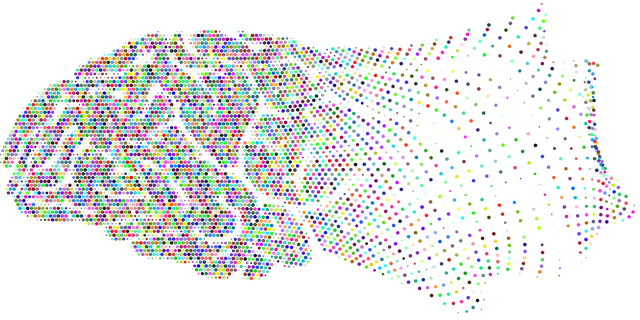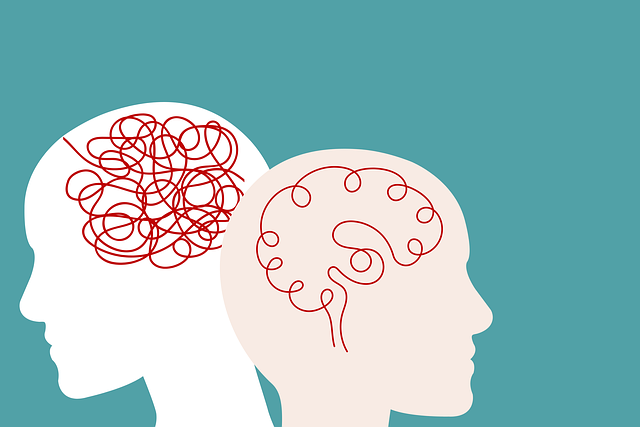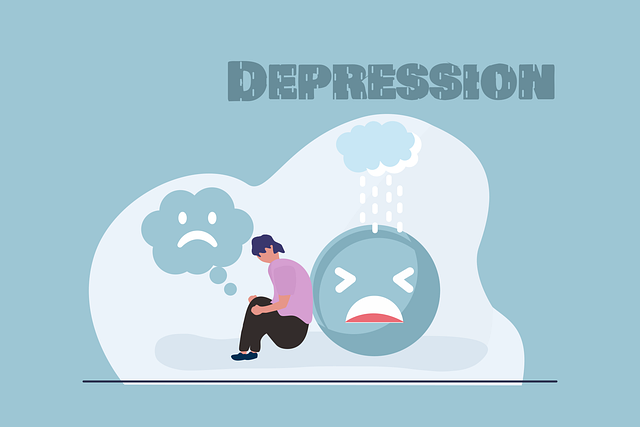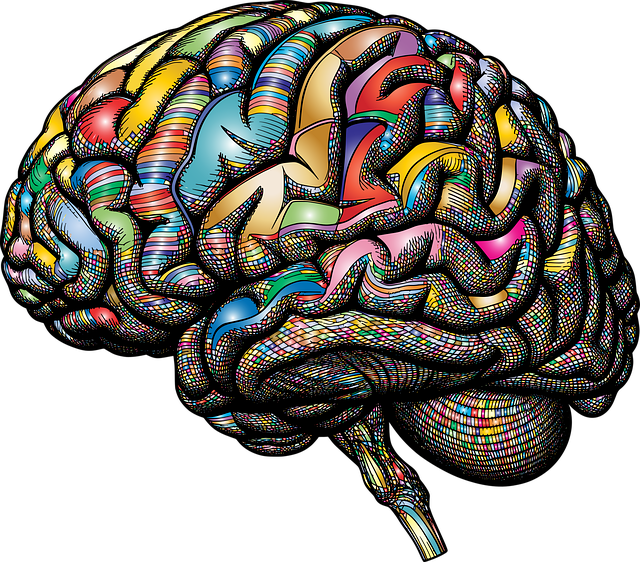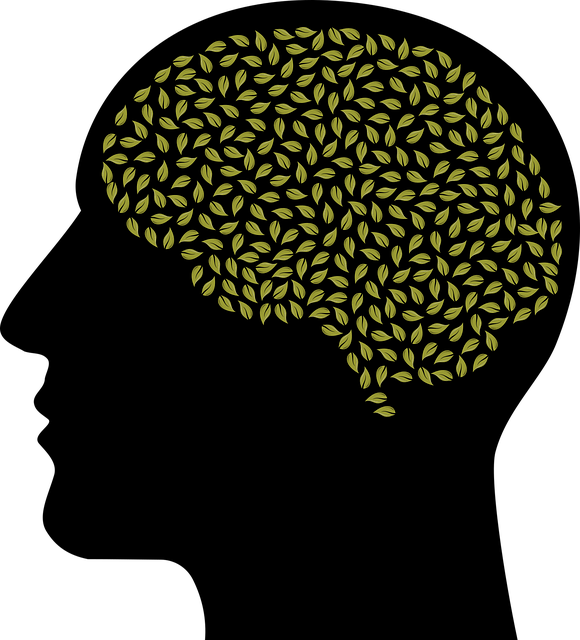Arvada Blended Families Therapy offers a unique, comprehensive mental health program tailored for blended families, combining evidence-based therapy and cultural sensitivity. They focus on communication strategies, trauma support, and stress management workshops to heal past traumas and foster resilience. The program includes various learning methods like videos, discussions, and role-plays to cater to diverse learners, ensuring effective mental health education. Their multi-faceted evaluation approach tracks progress through pre/post assessments, surveys, and community observations, allowing for continuous improvement based on data insights.
Arvada Blended Families Therapy offers a unique approach to mental health education, focusing on comprehensive and engaging programs. This article delves into the design principles behind effective mental health education, exploring key components that foster holistic well-being. We discuss strategies for designing content tailored to diverse learning styles, ensuring accessibility. Furthermore, we highlight metrics for measuring success and continuous improvement techniques, drawing insights from Arvada’s blended therapy model. These elements collectively contribute to creating impactful mental health programs.
- Understanding Arvada Blended Families Therapy: A Unique Approach
- Key Components of a Comprehensive Mental Health Education Program
- Designing Engaging Content for Different Learning Styles
- Measuring Success and Continuous Improvement Strategies
Understanding Arvada Blended Families Therapy: A Unique Approach

Arvada Blended Families Therapy represents a unique and innovative approach to mental health support, particularly for families navigating complex dynamics. This program is designed to cater to the diverse needs of blended families, often composed of step-parents, children from previous relationships, and sometimes biological parents. By recognizing the challenges these families face, Arvada offers a comprehensive strategy that goes beyond traditional therapy models.
The therapy’s blend combines various effective practices, including evidence-based therapeutic techniques tailored to address individual and family needs. Cultural sensitivity is at the core of this approach, ensuring that every member of the family feels heard and understood. Effective communication strategies are also integral, fostering open dialogue and strengthening familial bonds. This holistic method aims to provide trauma support services, helping families heal from past traumas and build resilience for a brighter future.
Key Components of a Comprehensive Mental Health Education Program

A well-designed Mental Health Education Program should encompass several key components to be effective and impactful. Firstly, it must foster an environment of open dialogue where students feel comfortable discussing their experiences and emotions. This can be achieved through interactive workshops, group discussions, and peer mentoring sessions that encourage active participation. Secondly, the program should delve into various aspects of mental health, including stress management, emotional healing processes, and cultivating positive thinking. By integrating these topics, participants gain practical tools to navigate challenges and improve their overall well-being.
Furthermore, a comprehensive approach includes teaching coping strategies tailored to different situations, such as managing anxiety, improving sleep hygiene, and enhancing self-care practices. Incorporating activities that promote mindfulness and relaxation can significantly contribute to the success of the program. For instance, Arvada Blended Families Therapy has successfully implemented these principles, showing improved mental health outcomes among participants. Ultimately, a balanced Mental Health Education Program design should aim to equip individuals with knowledge and skills to thrive in their daily lives while nurturing a sense of resilience and self-awareness.
Designing Engaging Content for Different Learning Styles

Creating content that resonates with diverse learners is essential when designing a mental health education program, especially considering Arvada Blended Families Therapy’s goal of reaching a wide audience. Different individuals have unique learning styles—some are visual, others auditory, and some prefer kinesthetic experiences. Incorporating varied teaching methods ensures that all participants can actively engage with the material. For instance, incorporating interactive videos alongside written resources caters to both visual and textual learners, fostering better comprehension and retention.
When crafting content for such a program, it’s strategic to include a range of activities. This could mean using case studies for analytical thinkers, group discussions to encourage verbal participation, and practical exercises or role-plays for those who learn best through hands-on experiences. By implementing these inclusive techniques, the program can effectively cover essential topics like depression prevention, risk management planning for mental health professionals, and emotional well-being promotion techniques, catering to a diverse range of learners within Arvada’s community.
Measuring Success and Continuous Improvement Strategies

Measuring success is a vital component of any effective mental health education program. At Arvada Blended Families Therapy, we employ a multi-faceted approach to evaluation. This includes pre and post-program assessments, participant feedback surveys, and observation of behavioral changes within the community. By collecting quantitative and qualitative data, we gain valuable insights into the program’s impact on individuals and families affected by mental illness. Continuous improvement is integrated into our design through regular review of assessment results and stakeholder feedback. This ensures that our program remains relevant, responsive to evolving needs, and delivers optimal outcomes for participants.
Strategic planning for ongoing enhancement involves identifying areas for growth based on data analysis. For instance, if communication strategies prove highly effective in fostering open dialogue about mental health, we can prioritize similar techniques in future programs. Similarly, successful Community Outreach Program Implementation may lead to expanding these initiatives to reach a broader spectrum of the affected population. Additionally, Mental Illness Stigma Reduction Efforts that resonate with participants will be perpetuated and reinforced through program updates and adaptations.
Arvada Blended Families Therapy offers a unique approach to mental health education, emphasizing a holistic blend of techniques. By incorporating comprehensive components like diverse learning styles and continuous improvement strategies, these programs can significantly enhance their impact. Understanding the key elements discussed in this article—from engaging content design to measuring success—enables the creation of effective, tailored mental health education, making Arvada Blended Families Therapy a valuable resource for fostering resilience and well-being.

